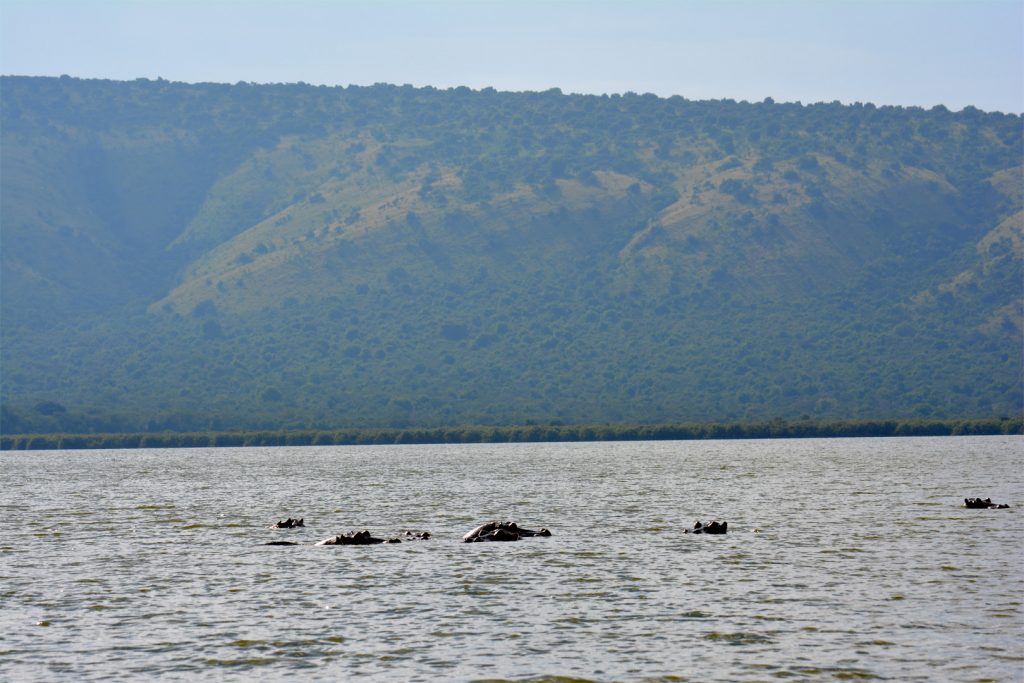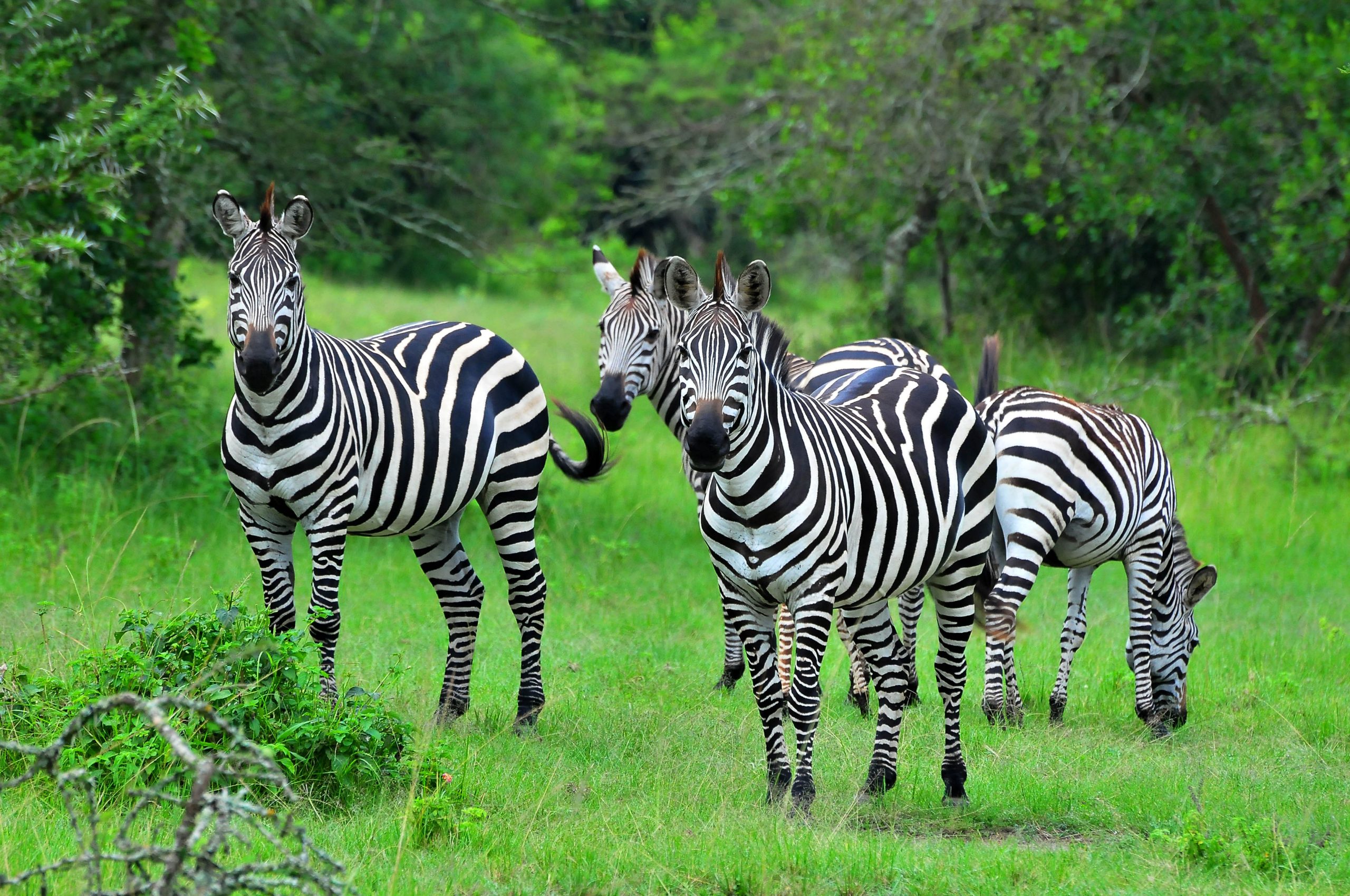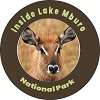Lake Mburo National Park is the smallest savannah national park in Uganda, located conveniently close to the highway that connects Kampala to five parks in western Uganda. The 370 sqkm national park is an increasingly common stopover on the safari circuit for visitors traveling to western Uganda or for clients who would wish a one-day tour from Kampala. This is because the park is just in a short distance of 253 km from Kampala, so it can easily be accessed to carry out different safari activities.
Lake Mburo is underlain by ancient Precambrian metamorphic rocks, and sculptured landscapes, with rolling hills that date back more than 500 million years. It contains an extensive wetland area that harbors several species of mammals and birds, found nowhere else in Uganda.

One of the best and most impressive views in the park is from the Kazuma hill Lookout. The main vegetation is open in the savannah, but the park is becoming increasingly covered by woodland due to the absence of elephants. The savannah is interspersed with patches of forest and rocky outcrops. Papyrus swamps and woodland surround the lakes within Lake Mburo National Park.
About Lake Mburo National Park, Lake Mburo National Park in Uganda
Together with 13 other lakes in the area, Lake Mburo forms part of a 50 km-long wetland system linked by a swamp. Five of these lakes lie within the park’s borders. Once covered by open savanna, Lake Mburo National Park now contains much woodland because there are no elephants to tame the vegetation. In the western part of the park, the savannah is interspersed with rocky ridges and forested gorges while patches of papyrus swamps and narrow bands of the lush riparian woodland line up many lakes.
About Lake Mburo National Park, Lake Mburo National Park in Uganda
The park’s seasonal and permanent swamps, rich acacia-woodland, and grassy valleys all support a wealth of wildlife and fauna. This has made Lake Mburo National Park to be popularly known as one of the must-visit birding destinations in the country.
Adjacent to the park are the ranches of the Bahima people, possessing the famed long-horned Ankole cattle, a common sight within this area, unfortunately, both inside and outside the park. The local communities around Lake Mburo National Park do cohabit and are allowed to graze in and outside the park since most of the animals are herbivorous. In Rwanda, Akagera National Park shares the same DNA as Lake Mburo National Park
Almost a fifth of the park’s area consists of wetlands, both seasonally flooded and permanent swamps. The various types of swamps are home to a wide variety of wetland birds, as well as the shy, rare sitatunga antelope.
Lake Mburo’s surface and its fringing vegetation are always changing, and it is delightful to take a boat out and experience the lake’s moods and watch the numerous hippos, some crocs, and an incredible amount of African fish eagles. The lake is also one of the best places to spot the rarely seen African fin foot and white-backed herons amongst many other water birds.
About Lake Mburo National Park, Lake Mburo National Park in Uganda
Although elephants are absent from the park, there is plenty of other wildlife to see. This is the only park in Uganda where people can view savannah animals on foot, on a mountain bike, on horseback, and in a safari vehicle. The park is also famous for its numerous herds of zebras. Farmers from surrounding properties sometimes graze their cattle inside the park.

History of Lake Mburo National Park
Lake Mburo was originally gazetted in 1933 as a communal controlled hunting area and grazing ground for Bahima and Banyanole tribes. It was later upgraded to a game reserve in 1963 by the government of Uganda. The Banyankole – Bahima residents continued to graze their cattle in the reserve until it was upgraded to national park status in 1983.
The Milton Obote’s government upgrade decision was intended, in part, to weaken the Banyankole, who supported anti-Obote rebels, by then. It came at the time of the operation bonanza massacre of 300,000 people. As the evicted pastoralists were not compensated for lost grazing land or assisted with resettling, many remained hostile to the upgrade and others refused to evacuate the land and were forcefully evacuated. The rangeland outside the park was subsequently subdivided into small ranges and subsistence farming plots and dams were constructed to support farms with the supply of water.
In 1985, the second Obote regime fell and the previous residents of Lake Mburo re-occupied the park’s land, expelling park staff, destroying infrastructure, and killing wildlife since they were withholding their previous hunger. Less than half of the park’s original land area was eventually re-gazetted by the National Resistance Movement government in 1986, as a measure to carry out conservation, which as well created great political turmoil.
In 2004, there was great tension between the host community and the park officials over the misconduct of the cattle keepers around the park. This was because there was a high rate of killing of the cats such as lions, and leopards in the park, since the host community who happens to be cattle keepers had in mind that the lions and leopards were attacking and killing their herds. Later, it was settled by allowing the host community to co-exist with the wildlife by sharing the same land. As a result of the killings, there are no lions in the park today, however, news suggesting recently a male lion was spotted in one of the areas in the park, trying to return back.
Uganda Wildlife Authority is working on the move to once again return the cats back to the park with the recent action of reintroducing the giraffes that are successfully breeding.
About Lake Mburo National Park, Lake Mburo National Park in Uganda
Today you will still see the native long-horned cattle reared by the Ankole herdsmen coupled with sheep and goats among the other animals.
About the Climate & Geography
The pre-Cambrian rocks also trigger Lake Mburo area, with the rocks that comprise a mixture o Cenozoic Pleistocene to the recent rocks, solely granitized–granitoid as well as the highly granitized rocks plus the Karagwe Ankolean system.
The argillite rocks also dominate more arenites as well as the silty rocks that are usually distributed as a thin band throughout the whole area. This area is also dominated by erratic soils that are sandy as well as sandy-clay loam.
Lake Mburo wetland system is a huge socio-economic value and it’s a source of water for domestic usage, wildlife, and livestock. This system is also a source of pasture for the local herds, especially during the dry seasons, and a source of fish as well as materials from crafts and the thatching. The location of park is near the Masaka-Mbarara highway which makes it so easily reachable from Kampala.
Lake Mburo National Park has got a tropical climate and is situated in the Ankole southern climatic zone. The lake also lies within the rain shadow area that is between Lake Victoria and the Rwenzori Mountains.
The park has got two seasons, including the dry and wet seasons that receive the bi-modal low rainfall ranging between 500 and 1000mm. The rainfall also tends to be so erratic as well as unreliable, which causes low pastures that affect the wildlife behaviors and birds. This creates a demand for pastures within the park by the nearby local pastoralists.
The temperatures here also range between 23-25 degrees and evapotranspiration of the areas in the northwest, north, and in northeast to the east ranges from 450 to 1600mm. Also, the areas in the south and in the southwest of the national park always experience lower evapotranspiration that ranges between 1300 to 1450mm.
About Lake Mburo National Park, Lake Mburo National Park in Uganda
Weather & Climate
Two wet seasons give Lake Mburo a good soaking, that is from March to May and September to November. The rainfall tends to peak in April and lessen in the second half of the year. The drier periods of the year (June to August and December to February) barely qualify as dry seasons – they’re just less wet.
Best Time to Visit
The mid-year dry period (June to August/September) brings the best weather. However, it also brings more visitors keen on exploring Uganda, and high-season prices. Don’t discount a visit during one of the two wet seasons (March to May and September to November), when the park’s valleys turn green and the air loses its dry-weather haziness. Just be prepared for slippery hiking and unrelenting drizzle.
